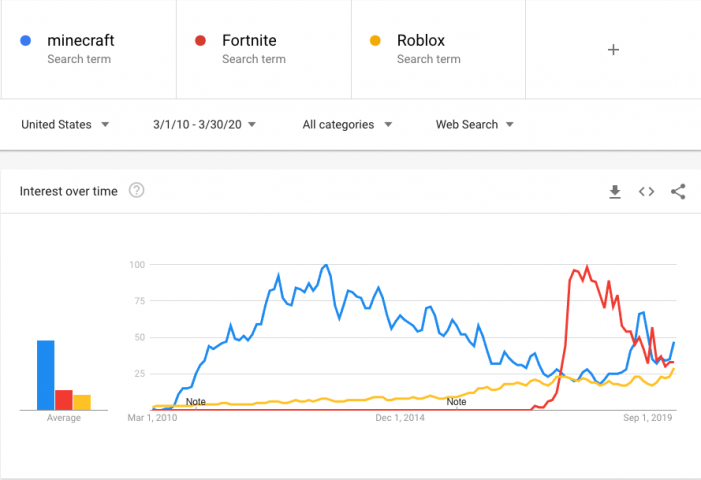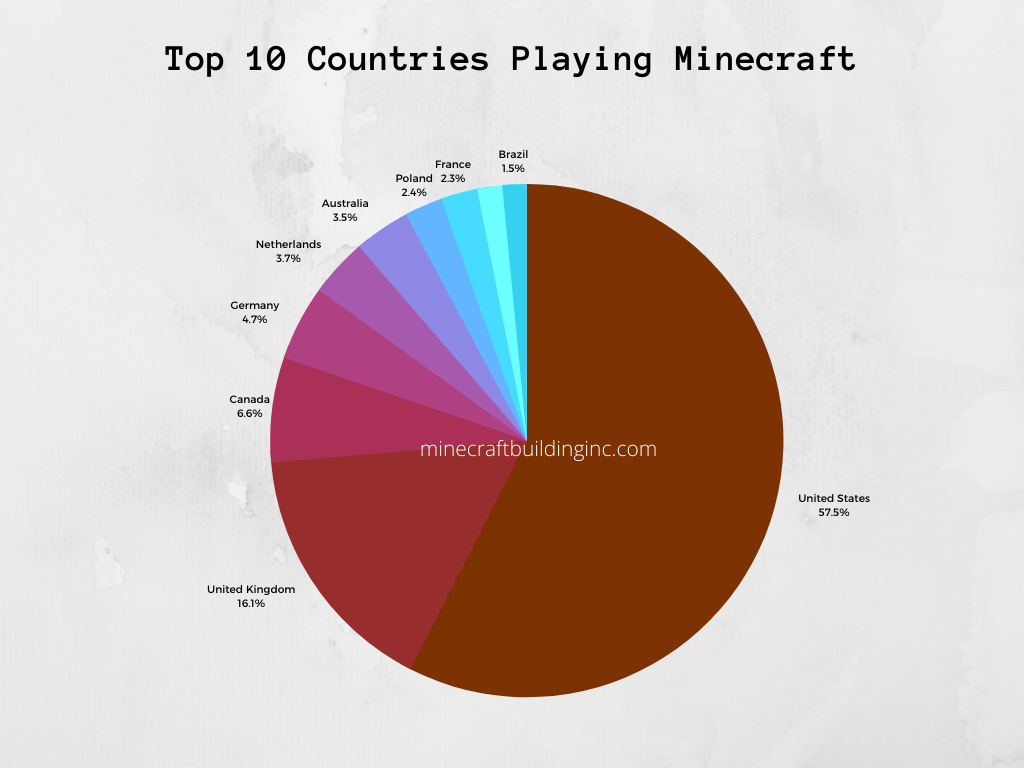The Rise and Decline of Minecraft’s Popularity
Minecraft was once a gaming phenomenon with a thriving community, but its popularity has declined in recent years. Several factors contributed to this change, from gameplay updates to shifting trends on YouTube. However, Minecraft is far from dead - it remains incredibly successful and still has a dedicated fanbase. Let’s explore both sides of Minecraft’s popularity journey.
The Golden Age
In its early years from around 2009 to 2014, Minecraft gained unprecedented popularity due largely to its appealing open-world sandbox gameplay and rise of Let’s Play videos on YouTube. Players enjoyed building, exploring, and engaging in simple combat and multiplayer servers. Updates in this era like adding redstone in 1.5 and equine mobs in 1.6 greatly expanded gameplay opportunities and community growth. Every new update brought fresh excitement as YouTubers advertised new content. By 2014, Minecraft had over 100 million sales and saturated YouTube as one of the most popular games.

Changing Tides
However, Mojang’s approach to updates began shifting in controversial ways. The 1.9 Combat Update in 2015 introduced an attack cooldown system that upset the PvP community. Many servers rejected this change or used older versions, dividing the player base. Subsequent updates from 1.10-1.13 also lacked compelling new gameplay, focusing instead on technical changes, commands, and worldgeneration that failed to captivate most players. Meanwhile, YouTubers moved on to new trends like survival games and battle royales. As veterans departed, new player influx dropped off considerably.
Microsoft’s Mixed Impact
After acquiring Mojang in 2014, Microsoft brought changes to platform unification but also confusion. The Bedrock engine allowed playing across devices but received fewer features than Java Edition. Meanwhile, Java Edition continued standard development. This split attention between platforms and versions rather than uniting the player base under one consistent experience. However, Microsoft also continued robust development and support that helped Minecraft remain highly profitable.
Communities in Decline
Grassroots communities once thrived around high-level building, modding, and especially PvP-focused mini-games. However, disconnects between Mojang and these niche audiences started taking their toll. Modders struggled keeping projects compatible with rapid updates. PvP servers refused new combat and felt overlooked by Mojang. As these communities shrank due to frustrations and lacking new players, Minecraft lost part of its heart and soul that made it such a rich social experience. While servers and gameplay styles still exist, the size and passion have greatly decreased.
Minecraft Today
Despite facing headwinds, Minecraft remains one of the best-selling games ever with over 200 million copies sold by 2020. Its iconic, stress-free gameplay continues appealing to new generations, especially among young kids. Java Edition now focuses on functionality like the extensive Create Mod. Bedrock aims for unification across platforms but lacks advanced options. Updates like the wildly popular Caves and Cliffs refresh interest and invite returners. Profitability remains very high, just below the peaks. While Minecraft may never regain its YouTube dominance, a dedicated fanbase ensures it will happily endure for years to come as others rise and fall around it. The game’s heart lives on through cherished community memories and the joy it has brought to so many.
